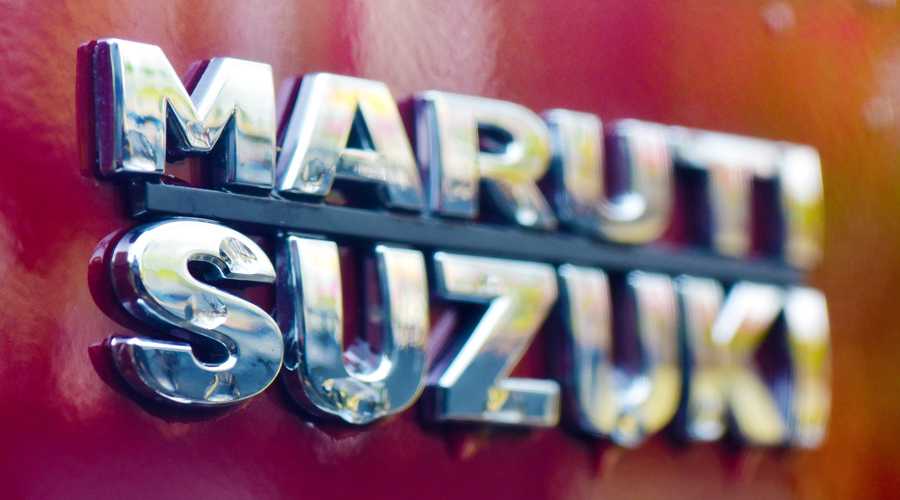Maruti Suzuki India Limited (MSIL) is looking to receive around 9,000 to 10,000 units of the cross-badged Toyota Innova Hycross annually from Toyota’s plant in Bidadi, MSIL chairman R.C. Bhargava has said.
The cross-badging is part of the Suzuki-Toyota global alliance in 2017. The two companies are sharing technology, with Toyota bringing in its expertise in electric technologies and Suzuki its compact car expertise for joint collaboration in production.
Toyota Kirloskar Motor, however, has stopped taking bookings of the Hycross top variants because of production constraints but the company is under agreement obligations to supply 10,000 units of the Hycross to MSIL annually, said Bhargava.
Asked if 10,000 units annually will be enough for Maruti, Bhargava said the cross-badged vehicle will be a premium product in Maruti’s portfolio and not a mass-market product and will not be a volume driver. It will be a strong hybrid with three rows. “It will be a path-breaking vehicle in our portfolio,” he said.
The Innova Hycross comes with a strong-hybrid powertrain that uses a 2.0-litre petrol engine that makes 183 BHP and 206 Nm. The engine is mated to an e-CVT and delivers a fuel economy of 21.1 km/l.
Asked about the government duty on hybrids, Bhargava said: “India will need a mix of technology to expedite and move faster to carbon neutrality. Reliance on one technology will not get us there. We understand that there are limitations of the government to reduce duty on hybrids. Ultimately we will work out an optimal package to move towards carbon neutrality.”
The cross-badged Hycross will have cosmetic changes on the grille and interiors and will be launched around July this year.
Regarding the small car segment facing stagnation, Bhargava said: “We continue to see negative growth in the small car segment. Affordability is a factor for the stagnation in the segment. In FY 23-24, we do not see any growth in this segment.
“For the compact car segment to grow, the country will have to become wealthier. The economy has to grow faster. But then as the economy grows, people will buy bigger cars. That is what has happened in other countries.”











